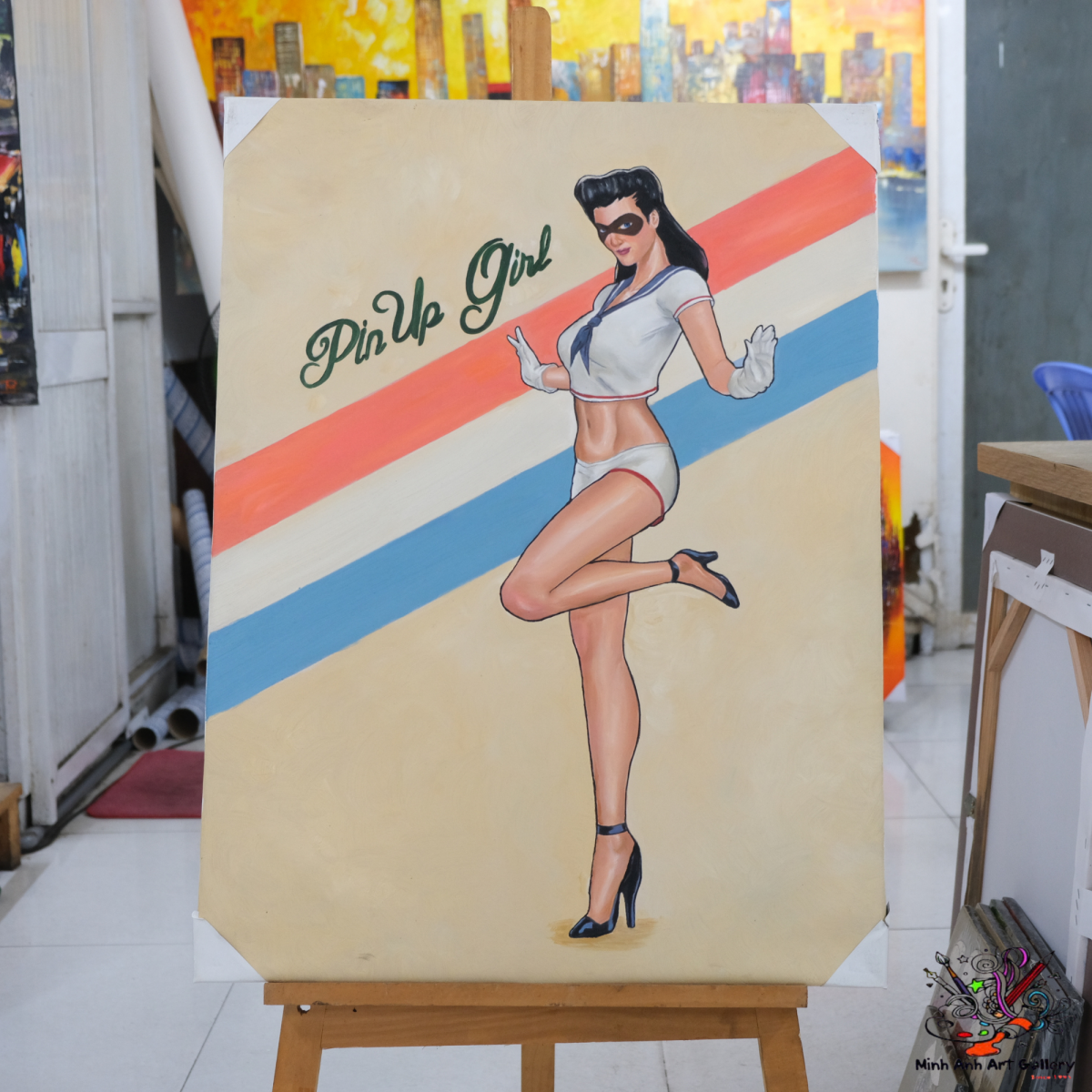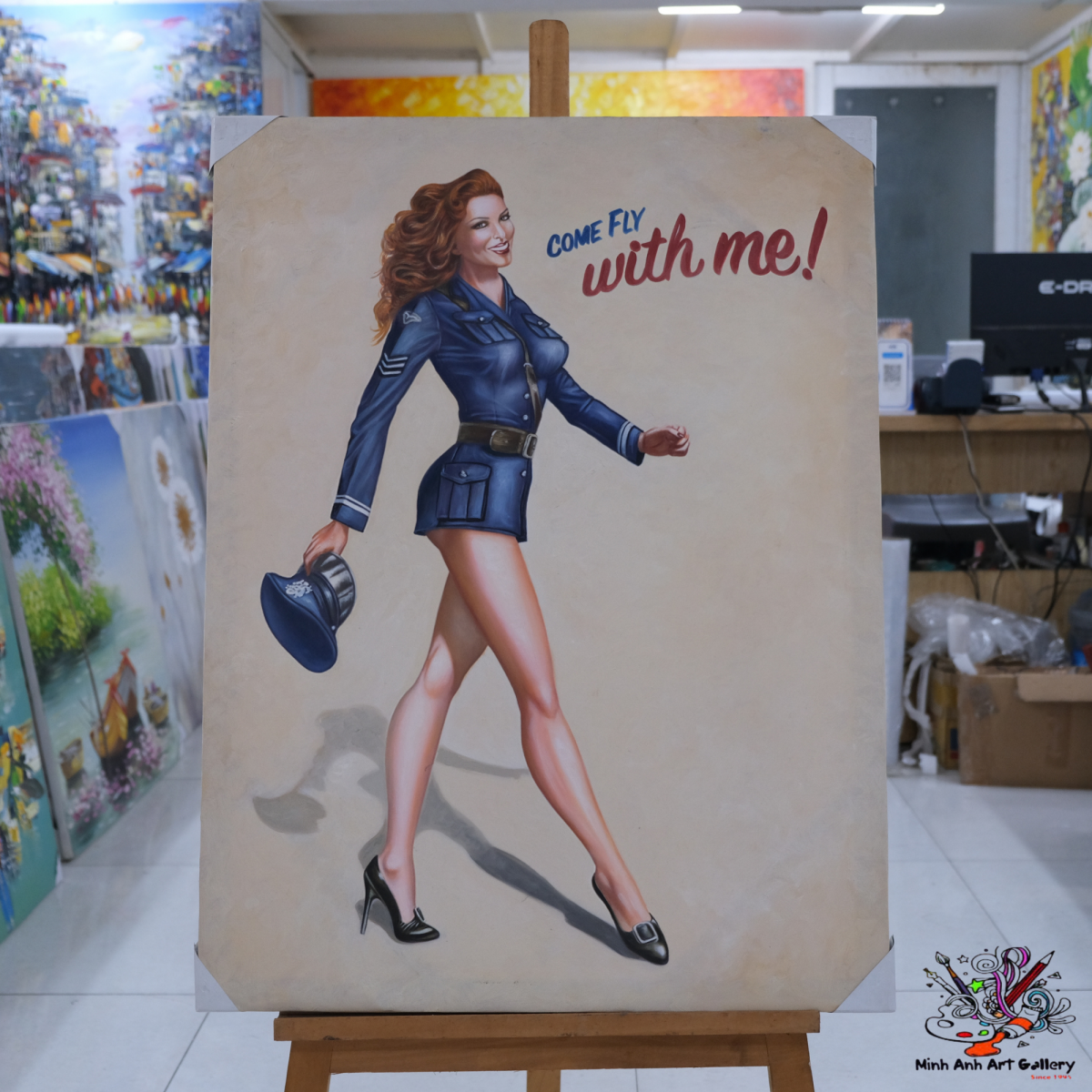Technology has always had a hand in revolutionizing industries, and the art world is no exception. From interactive installations to smart framing systems, artificial intelligence (AI) is now stepping into the world of managing art collections—and it’s doing it with surprising grace. But what does this mean for curators, galleries, and collectors?

Let’s explore how AI is reshaping the heart of the modern Collection.
Every art collection has a story. It’s not just about owning beautiful works—it’s about preserving history, cultural relevance, and investment value. Factors like rarity, condition, provenance, and artistic importance all weigh into what makes a collection valuable.
Traditionally, curators would pour over records, provenance documents, and stylistic comparisons to manage and expand collections. But AI now gives them a powerful toolkit to make faster, more accurate decisions.
Gone are the days of dusty catalogs. Museums and collectors have digitized their inventory, but even spreadsheets now feel outdated. AI-driven databases automatically log, categorize, and update records—cutting hours of admin work.
Platforms offering art collection online access have exploded in popularity. With AI, these platforms recommend artworks to users based on behavior, interests, and even mood recognition. Talk about a smart gallery!

AI systems can track artwork conditions, monitor environmental factors like humidity or light exposure, and alert staff before any damage occurs. Think of it as having a 24/7 digital guardian for your masterpieces.
AI excels at visual recognition. By scanning artworks, AI can generate metadata tags—artist name, period, style—which makes the art collection gallery more searchable and organized than ever.
Want to impress collectors or museum-goers? AI can curate customized exhibitions using visitor data, seasonality, and emerging interests. It’s like Spotify for visual masterpieces.
Fraud in the art world is a multi-billion-dollar issue. AI analyzes brushstroke patterns, pigment composition, and stylistic trends to help authenticate works in famous art collections, reducing the margin for error.
Combining AI with blockchain adds another layer of trust. Blockchain secures historical ownership records while AI verifies the physical attributes, making fine art collection management safer and smarter.
Imagine a tour that knows your taste better than you do. AI-driven virtual assistants can guide visitors through a art collection gallery, highlighting pieces based on personal interests or even previous visits.
Through facial recognition and user profiles, AI can deliver a art gallery collection tour tailored to your emotions and preferences. Art becomes more than a visual experience—it becomes interactive storytelling.
By analyzing trends, AI predicts what themes or styles will resonate with upcoming audiences, helping plan successful art gallery exhibitions months in advance.
Forget intuition—AI uses real data to assemble compelling curated art collections, ensuring diversity, relevance, and engagement. It turns guesswork into precision.
Thanks to AI, even private art galleries with limited staff can manage complex art collections. Inventory systems, market valuations, and even pricing suggestions are handled seamlessly.
AI tracks global auction results and predicts the value trajectory of artworks, empowering galleries to make informed sales or acquisition decisions.
For contemporary art gallery owners managing multiple locations, AI platforms can sync inventories, exhibition schedules, and customer preferences across borders in real-time.
Through virtual reality, AI-driven exhibitions can connect galleries worldwide—expanding the reach of local talents and enriching global access to curated visuals.
While AI aids logistics and data, it can't replicate human emotion. A curator’s instincts, emotional connections, and storytelling can’t be replaced by algorithms.
AI systems are only as good as the data they’re trained on. Poor data diversity could lead to cultural misrepresentation—something the art world must tread carefully around.
AI will soon forecast which artists or styles in the modern art collection sphere will rise in value or popularity—helping collectors make proactive acquisitions.
With real-time analytics and historical data patterns, AI will guide investment strategies—making art collection management smarter, not harder.

AI is changing the landscape of art collection management—not by replacing curators or collectors, but by enhancing their capabilities. From authentication and curation to sales forecasting and visitor engagement, AI is the invisible assistant every gallery didn’t know they needed. At Minh Anh Art Gallery, embracing technology means opening new doors to preserve, share, and celebrate art in the most intelligent way possible.
1. Can AI help detect fake artwork in my collection?
Yes! AI tools can analyze textures, materials, and styles to detect inconsistencies and flag forgeries with high accuracy.
2. Is AI expensive for small or private art galleries?
Many platforms offer scalable AI services, so even private art galleries can afford entry-level solutions to enhance management.
3. Does AI remove the need for human curators?
Not at all. It assists curators by automating repetitive tasks and offering data-driven suggestions—but the creative vision remains human.
4. Can I use AI to manage my art collection online?
Absolutely! There are platforms designed to let you showcase and manage your art collection online with AI integration.
5. How does AI improve the visitor experience at galleries?
AI customizes art gallery collection tour experiences, recommends artwork based on preferences, and even answers visitor questions interactively.
Minh Anh Art Gallery
Gallery: 101 Bui Vien St, District 1, Ho Chi Minh City, Viet Nam
Phone: (+84) 962 720 484
Email: minhanhart.vn@gmail.com
Website: https://minhanhart.vn/